CDC Oversight and Public Health Review of U.S. Chemical Weapons Disposal Plans and Activities
Visits to Chemical Warfare Agent Disposal Plants
Technical Evaluation Reports of CW Agent Monitoring
In June 2007, the American government reported attainment of a major chemical disarmament milestone; 45% of the U.S. chemical weapons stockpile has now been safely destroyed, six months ahead of international treaty deadlines. The Chemical Weapons Convention (CWC) is the international treaty banning possession and use of chemical weapons. In 1984, George H.W. Bush, presented the Conference on Disarmament in Geneva with a draft treaty that became the
framework for the CWC. The treaty was signed by the U.S. in 1993 and subsequently ratified by
Congress. The CWC became effective in April 1997 and requires all parties to complete destruction of 45% of their chemical weapons by December 2007 and the remaining 55% no later than April 2012.
Work with the CDC National Center for Environmental Health over the past several years has provided substantive opportunity to participate in the ongoing national efforts to eliminate all chemical weapons (nerve agents GB & VX and mustard blister agent HD) stored at eight locations across the country. The U.S. Department of Health and Human Services is mandated by federal law to oversee the plans of the Department of Defense and to make recommendations for precautionary measures to protect public health and safety. To meet chemical disarmament treaty requirements, the U.S. chemical weapon demilitarization program has recently dramatically expanded; going from one operational facility in 2002
to the simultaneous operation of six disposal plants by 2005. Chemical combustion and chemical neutralization are the technologies being used to safely eliminate the chemical weapon inventory.
Technical reviews by the Centers for Disease Control provide citizens with confidence that the Army's VX and GB (nerve agent) and HD (mustard agent) disposal plants are being operated safely and are being monitored with the best available and reliable analytical technology. Week-long on-site evaluations at each disposal plant focus primarily on the chemical agent monitoring program. These visits include a physical examination of monitoring stations throughout each disposal plant, to include toxic areas, toxic egress airlocks, nontoxic corridors, plant filtration systems, process flue ducts, furnace stacks, and perimeter monitoring stations that form a ring around each facility. A detailed review of laboratory analytical instrumentation and procedures is also made. Perhaps the most important measure is the close scrutiny given to quality assurances measures being implemented to ensure, and to provide scientific data on a daily basis, that chemical agent monitors are fully functional and that the numbers they report reflect best practices in analytical chemistry.
|
|
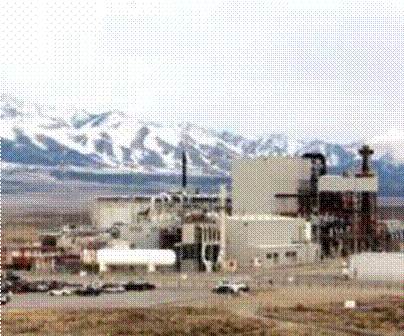
|
|
Tooele (Utah) Chemical Disposal Facility
|
|
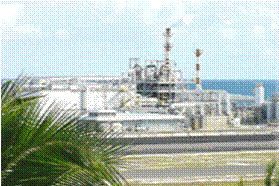
|
|
Johnston Atoll Chemical Disposal System
|
|
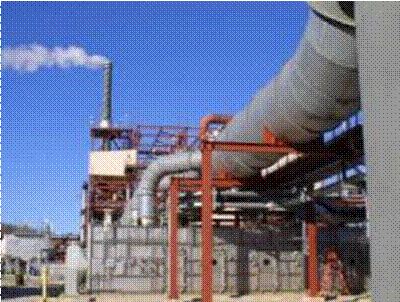
|
|
Anniston (AL) Chemical Disposal Facility
|
|
|
|
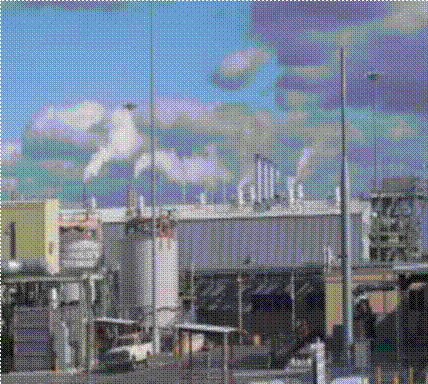
|
|
Umatilla (OR) Chemical Disposal Facility
|
|
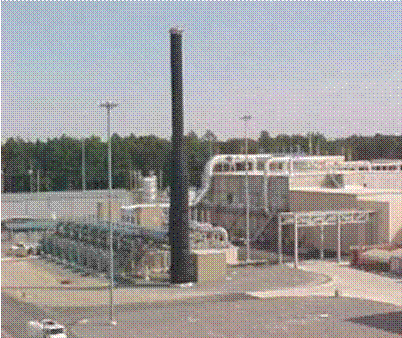
|
|
Pine Bluff (AR) Chemical Disposal Facility
|
|
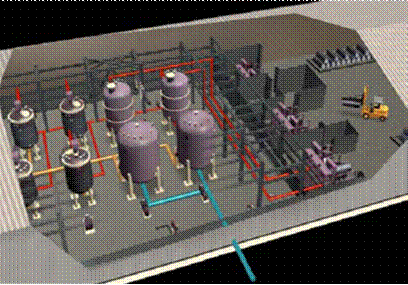
|
|
Aberdeen (MD) Chemical Disposal Facility
|
|
|
Each disposal site is equipped with an array of low-level chemical agent monitors that are capable of alarming to part-per-trillion air concentrations of chemical agents within 3-5 minutes. These monitors are backed up by collocated sorbent samplers that allow subsequent analysis in sophisticated on-site laboratories. Gas chromatography coupled with flame photometric detection (specific for phosphorus in nerve agent and sulfur in mustard agent) is the primary analytical tool being used to meet these requirements. Sites also have gas chromatographs equipped with capillary columns having different stationary phases and chemical ionization mass spectrometers in laboratories available to confirm or to refute monitor alarms. Each disposal location has a set of perimeter samplers that are carried to the laboratory for analysis by instruments capable of part-per-quadrillion detection of chemical agent vapors. The monitoring program includes an extensive quality assurance network that requires each monitoring system to be routinely challenged with low levels of chemical agent to continually demonstrate that they are fully functional.
The oversight role of CDC focuses largely upon monitoring capabilities, since these continually assure that worker and public health is being protected. They also provide plant operators with early warning of any process conditions that may eventually cause migration of agent above established health levels. CDC recently conducted a review of chemical agent exposure levels and, based upon toxicological data and current risk assessment methodology, implemented a new set of GB, VX, and HD Airborne Exposure Levels (AEL's) that lowered even further allowable concentrations by factors of three to ten. Sites have had to optimize and to refine monitoring procedures and technologies to detect agent at these lower levels with the same degree of confidence. Nowhere else in the world is such intensive low-level monitoring for chemical warfare agents with confidence being conducted; the chemical demilitarization agent monitoring program literally represents the current state of the art.





